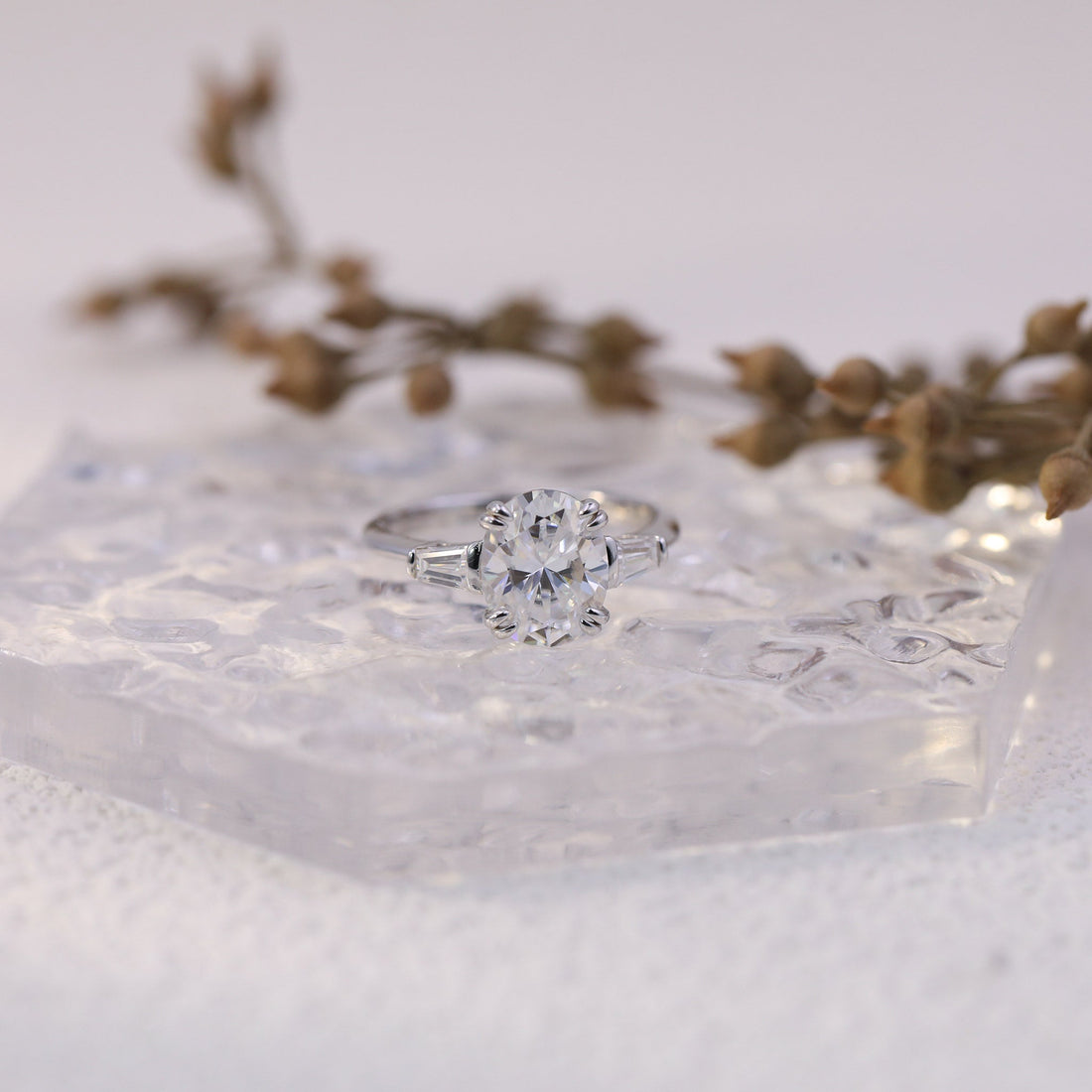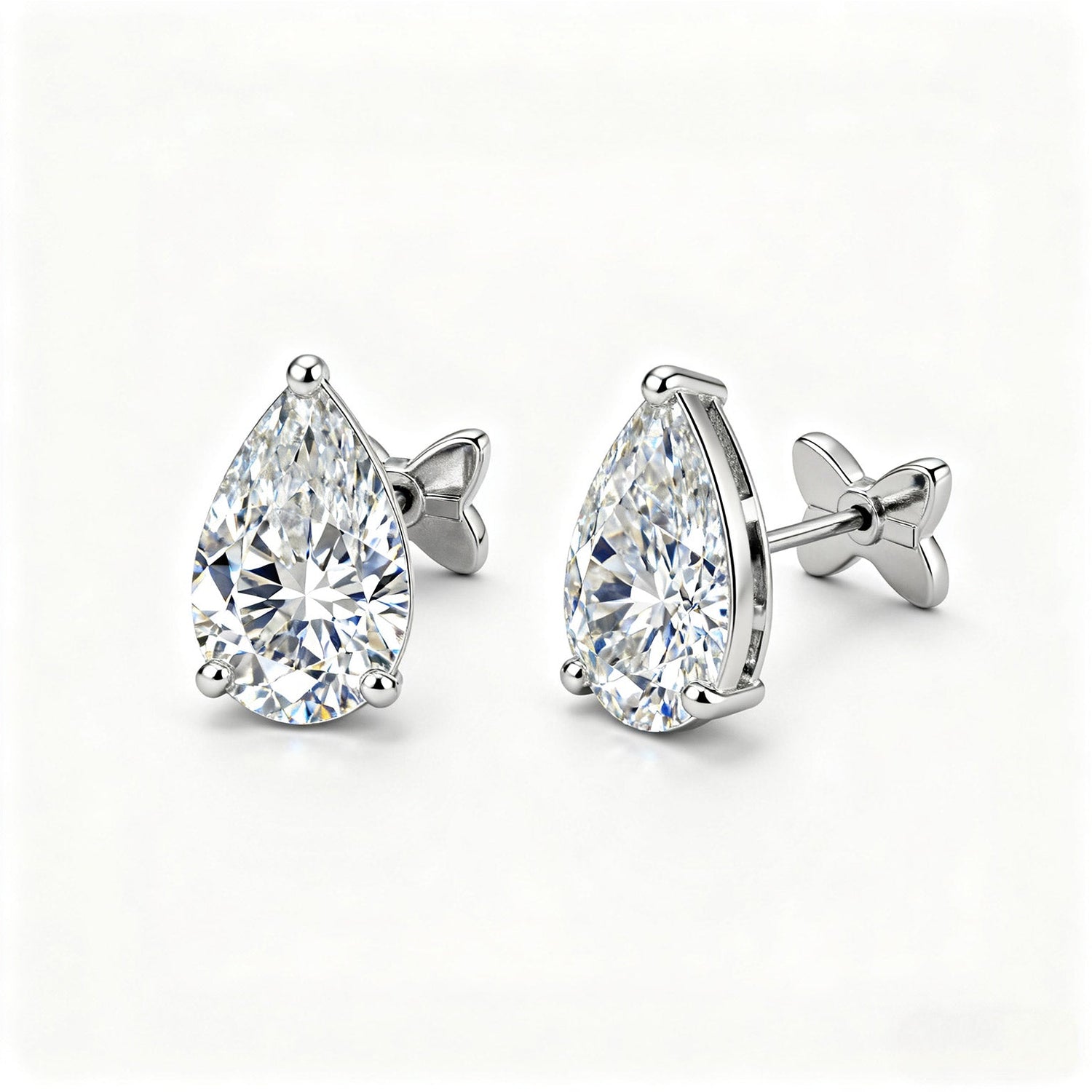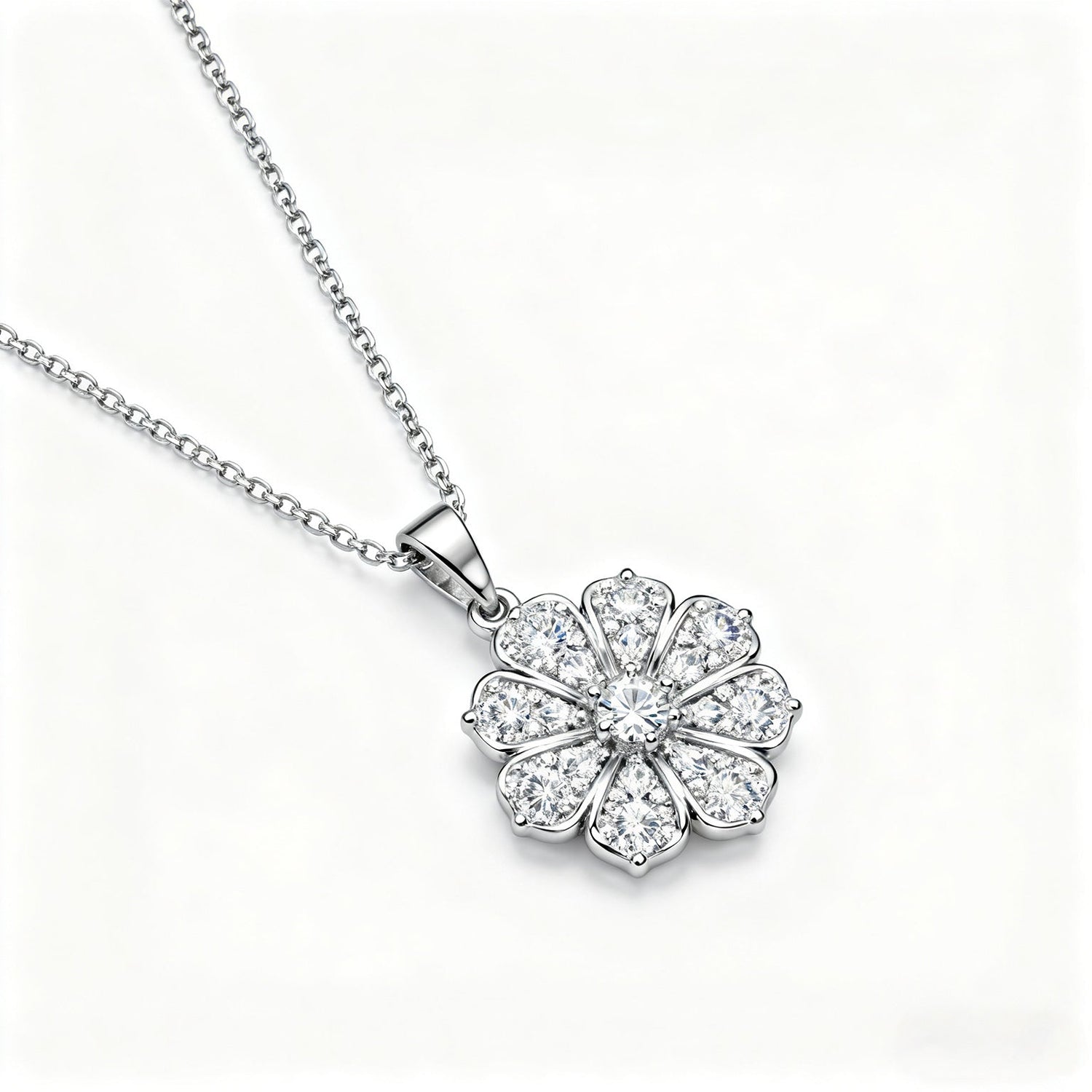
How Durable is Moissanite Jewelry? Your Guide to Long-Term Wear
How Durable is Moissanite Jewelry? Your Guide to Long-Term Wear
If you’re considering moissanite for an engagement ring, a special gift, or an everyday accessory, one question likely stands out: How durable is it really?
You’ve probably heard it’s tough — but what does that mean for your daily life? Let’s break down the science and practical reality of moissanite’s durability in plain terms.
What Makes a Gemstone Durable?
Durability in gemstones depends on three key properties:
-
Hardness – Resistance to scratching
-
Toughness – Resistance to chipping or breaking
-
Stability – Resistance to chemicals or heat
Moissanite shines in all three areas — and here’s why.
Moissanite’s Hardness: Nearly as Hard as Diamond
Gemologists use the Mohs scale of mineral hardness to measure how well a gem resists scratches. It runs from 1 (softest, like talc) to 10 (hardest, diamond).
-
Diamond: 10
-
Moissanite: 9.25
-
Sapphire/Ruby: 9
-
Emerald: 7.5–8
-
Cubic Zirconia: 8–8.5
With a hardness of 9.25, moissanite is one of the hardest gemstones on Earth. In practical terms, that means it’s extremely difficult to scratch during daily wear. You don’t have to worry about accidentally brushing against surfaces — it can handle desk work, gardening, or washing hands without losing its sparkle.
Toughness: How Well Does It Handle Impact?
While hardness prevents scratches, toughness is about resisting cracks or chips. Moissanite has excellent toughness, which means it’s less prone to breaking compared to many other gems.
For example, diamonds are hard but can still chip if struck at the right angle. Emeralds and other included gems are more fragile. Moissanite, however, is typically lab-created with high clarity and structural integrity, making it a reliable choice for active lifestyles.
Stability: Resistance to Heat & Chemicals
Here’s where moissanite really stands out:
-
Heat resistance: Moissanite can withstand high temperatures without damage. This is great for jewelers during repairs or resizing — and for you, if you’re near heat sources in daily life.
-
Chemical resistance: It isn’t affected by common chemicals, including household cleaners, hairspray, or chlorine. That means you can wear it in the pool or while cleaning without fear.
This stability makes moissanite an incredibly low-maintenance stone.
Moissanite vs Other Gemstones: A Quick Comparison
| Gemstone | Hardness (Mohs) | Toughness | Best For |
|---|---|---|---|
| Moissanite | 9.25 | Excellent | Everyday wear, active lifestyles |
| Diamond | 10 | Good | Maximum scratch resistance |
| Sapphire | 9 | Good | Durability with classic style |
| Emerald | 7.5–8 | Poor | Occasional wear, careful handling |
| CZ | 8–8.5 | Fair | Fashion jewelry, occasional use |
As you can see, moissanite outperforms most gems — especially in toughness and daily resilience.
Caring for Your Moissanite Jewelry
Even though moissanite is highly durable, a little care ensures it stays brilliant for decades:
-
Clean with mild soap, warm water, and a soft brush.
-
Avoid harsh impacts (though it’s tough, no gem is indestructible).
-
Store separately to prevent scratching other jewelry.
-
Have it checked by a jeweler once a year for prong and setting maintenance.
The Bottom Line: Is Moissanite Built to Last?
Absolutely
Moissanite isn’t just “durable for the price” — it’s genuinely one of the most durable gemstones you can choose, period. Its near-diamond hardness, exceptional toughness, and resistance to heat and chemicals make it ideal for engagement rings, right-hand rings, and daily-wear jewelry.
Whether you’re looking for an ethical, affordable, or simply stunning option, moissanite offers peace of mind that your jewelry will look just as brilliant years from now as it does today.
Thinking about moissanite? You’re choosing a stone that’s as resilient as it is beautiful — made for real life, and made to last.
Have questions about moissanite care or choosing the right setting? Drop them in the comments — we’d love to help!




